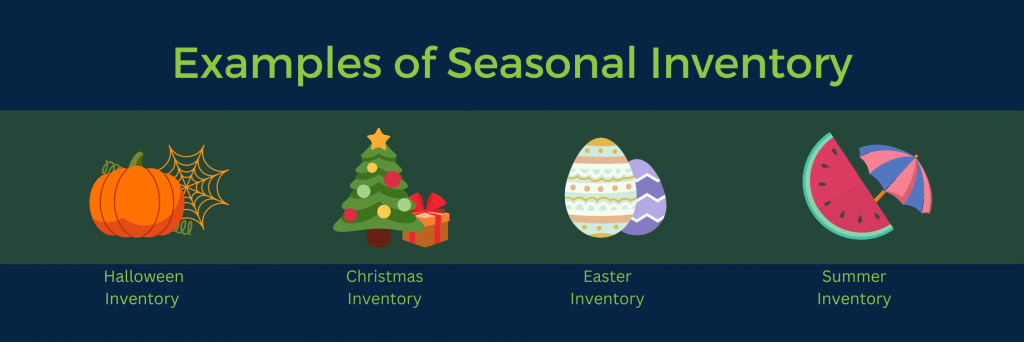
Selling on Amazon can be a year-round endeavor, but to truly maximize your revenue, it’s essential to be prepared for peak seasons and holiday sales. With the right strategies, you can capitalize on the increased demand that comes with specific times of the year, from back-to-school and Black Friday to Christmas and New Year’s. This guide will help you navigate seasonal selling by focusing on three crucial areas: inventory planning, promotional strategies, and performance analysis.

1. Seasonal Inventory Planning: Be Ready for Demand Surges
One of the most critical aspects of successful seasonal selling on Amazon is ensuring you have enough inventory to meet demand. Running out of stock can hurt your rankings, lead to missed sales opportunities, and negatively impact your customer experience.
Start by reviewing your sales data from previous peak seasons. Analyze which products sold the most and when. Amazon’s inventory reports and tools like the Amazon Selling Coach can provide valuable insights into trends. Once you have a clear idea of what products are likely to be in demand, plan to stock up well in advance of the season. This is especially important because Amazon’s fulfillment centers tend to become more congested as peak seasons approach, and restocking times can be delayed.

Another key part of your inventory strategy is using Fulfillment by Amazon (FBA). FBA allows you to leverage Amazon’s vast logistics network, ensuring quick delivery times and customer satisfaction during high-traffic periods. However, consider FBA storage fees, especially during Q4 when Amazon charges higher rates. You may need to balance having enough stock to avoid sellouts while minimizing storage costs by timing shipments carefully.
2. Promotional Strategies: Get in Front of Your Customers
During peak seasons, competition on Amazon ramps up. To stand out, a well-thought-out promotional strategy is crucial. Start by optimizing your product listings for search visibility. Use high-ranking, season-specific keywords, such as “holiday gifts,” “Black Friday deals,” or “back-to-school essentials.” Keep your listings fresh with updated descriptions, compelling images, and A+ content to highlight the seasonal value of your products.

Amazon also offers a variety of promotional tools you can use to boost visibility:
- Lightning Deals: Ideal for high-demand products during holidays. These can boost sales rapidly but require approval and come with a fee.
- Coupons and Discounts: Offer special discounts for holiday shoppers. Use coupons or percentage discounts to make your products more appealing.
- Sponsored Ads: Don’t neglect your Amazon advertising campaigns. Increasing your ad spend during peak times can help keep your products visible in a sea of competition. Target high-converting keywords and consider running retargeting ads for shoppers who viewed your products but didn’t make a purchase.
Timing is everything when it comes to promotions. Plan your campaigns in sync with key sales periods, such as Black Friday, Prime Day, or Cyber Monday. You can also create a sense of urgency by promoting limited-time offers and countdown deals.
3. Analyzing Past Performance: Learn and Improve
To continuously improve your seasonal selling strategy, it’s crucial to analyze your performance after each peak period. Start by reviewing your sales data. Look at which products performed well and which fell short of expectations. Amazon Seller Central offers detailed reports on sales performance, advertising data, and customer feedback.
Analyzing your advertising performance is equally important. Review the effectiveness of your sponsored ads, including click-through rates, conversion rates, and overall ROI. Were there certain keywords or ad formats that generated more sales? If so, note them for future campaigns.

Customer feedback and reviews should also be part of your performance analysis. Did you receive complaints about shipping times or product quality? Address these issues before the next seasonal rush to avoid negative reviews that could impact your product’s ranking. Additionally, be proactive in responding to customer inquiries and complaints, as this can help boost your seller rating and build trust with future buyers.
Finally, use your performance data to refine your strategies. Maybe you under- or overestimated demand for certain products. Adjust your inventory planning and promotional efforts accordingly. The key to long-term success on Amazon is learning from each season and continuously optimizing your approach.
Conclusion
Mastering seasonal selling on Amazon requires strategic planning, from managing your inventory to running timely promotions and analyzing performance after the fact. By preparing well in advance, optimizing your listings, leveraging Amazon’s promotional tools, and learning from past seasons, you can maximize your sales during peak times and set yourself up for long-term success. Remember, selling on Amazon is not just about capitalizing on the big holidays—consistent analysis and improvement will ensure that each season outperforms the last.
Boost your Amazon business this season by taking these proactive steps and watch your sales skyrocket during the most crucial shopping periods of the year.















